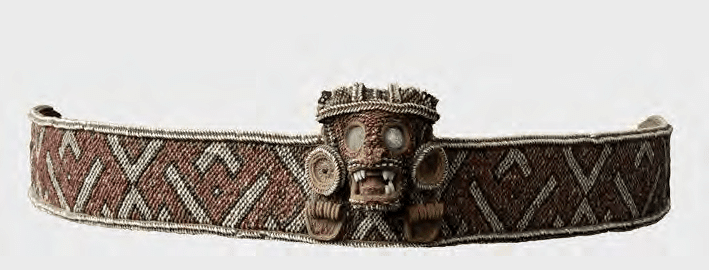Anderson-Córdova's Surviving Spanish Conquest: Indian Fight, Flight, and Cultural Transformation in Hispaniola and Puerto Rico is a must-read for everyone interested in the cultural transformations that occurred in the first two Spanish colonial conquests of the Americas. For obvious reasons, this also has relevant implications for the topic of indigenous legacies in the Spanish Caribbean and the so-called neo-Taino movement. Although some of the conclusions remain tentative due to a number of factors, such as the lack of sufficient archaeological research (such as contact-era sites in Puerto Rico) and the loss of repartimiento documents for early Puerto Rico, this careful study of acculturation (or its absence) attests to the survival of indigenous culture for several decades. The encomienda Indians of Hispaniola, for instance, were able to preserve and maintain traditions and practices well into the 16th century, even as population decline and the erosion of the authority of the caciques continued.
Applying the theory of compartmentalization to this process in which Indians of Hispaniola and Puerto Rico paid lip-service to Spanish impositions or Christianity but retained cohoba, areytos, ballgames, ritual feasts, and other practice allows us to see how and why elements of indigenous culture were able to survive and influence the Creole peasantry that succeeded the collapse of the gold mining economy and encomienda system. The author's ability to use colonial-sources from Spanish perspectives to uncover this is also exemplary, although many of these sources leave unanswered questions about, for instance, the degree of acculturation for enslaved Indians or the types of interactions local Indians had with slaves of diverse origins. We also lack sufficient documentation for Puerto Rico's indigenous population, which could have been as low as 30,00-60,000 when the Spanish arrived. Yet, if it is indeed true that many of the island's Indians fled to other parts of the Antilles to escape Spanish rule, we can probably assume that a decent portion of the Indian captives seized by Spanish raids in the Lesser Antilles included indigenous populations who could have come from Puerto Rico. Either way, there are written sources referencing the movement of indigenous populations from smaller islands who returned to Puerto Rico or were settled there, as seems to have been the case with the Indians of Mona.
Unlike Cuba, however, we lack the same degree of detailed ethnographic, historical, and archaeological research that indicates indigenous survival for Hispaniola and Puerto Rico. Nonetheless, the evidence does suggest that local Indians and foreign enslaved indigenous populations from other parts of the Americas remained important for the colonial economy long after 1514 (repartimiento in Hispaniola) and the de Lando census in 1530. Comparative studies of Jamaica and Cuba, plus additional archaeological and ethnographic work in Puerto Rico will likely find similar examples of indigenous survival and cultural longevity. After all, Puerto Rico is known for having noticeable levels of Indigenous Caribbean ancestry through genetic studies and historical references from Abbad y Lasierra and colonial-documents speak of an Indian population in the hills outside San German. It would be amazing for archaeologists to work in the area of San German and the Indiera for post-contact village sites showing us a Puerto Rican example like that of El Chorro el Maita in Cuba. That, with extensive oral histories could reveal ways in which Puerto Rico was similar to Cuba for indigenous survival and cultural legacies long after 1550.

No comments:
Post a Comment